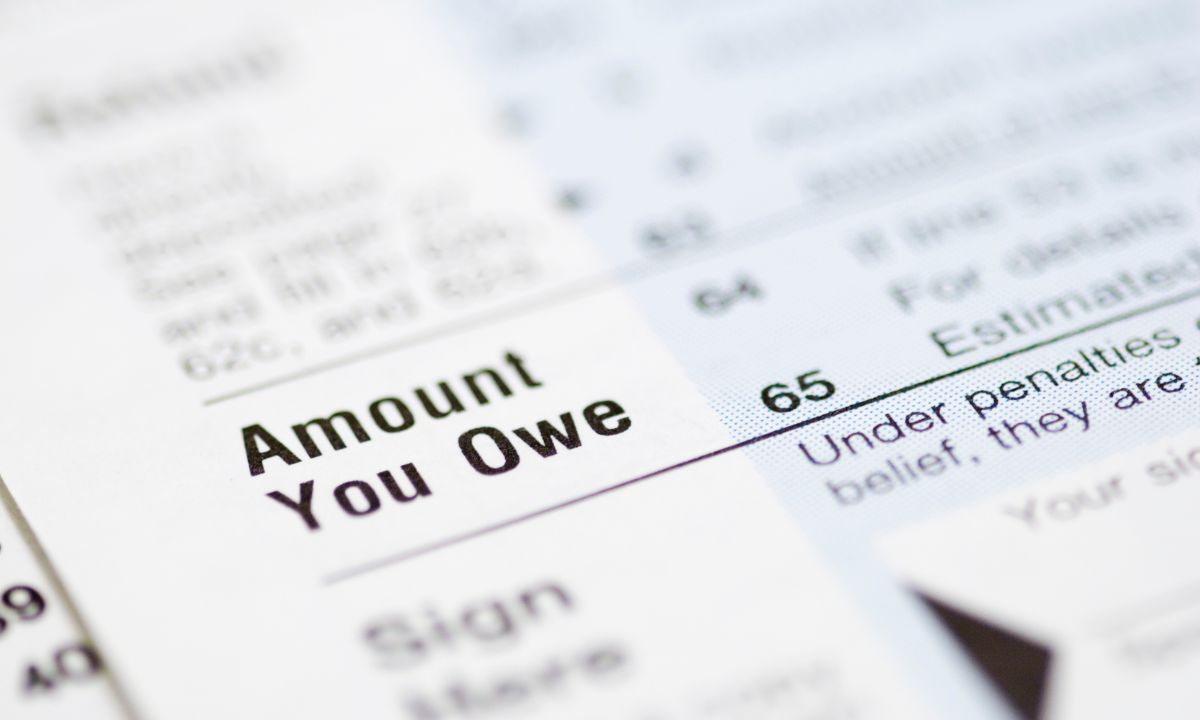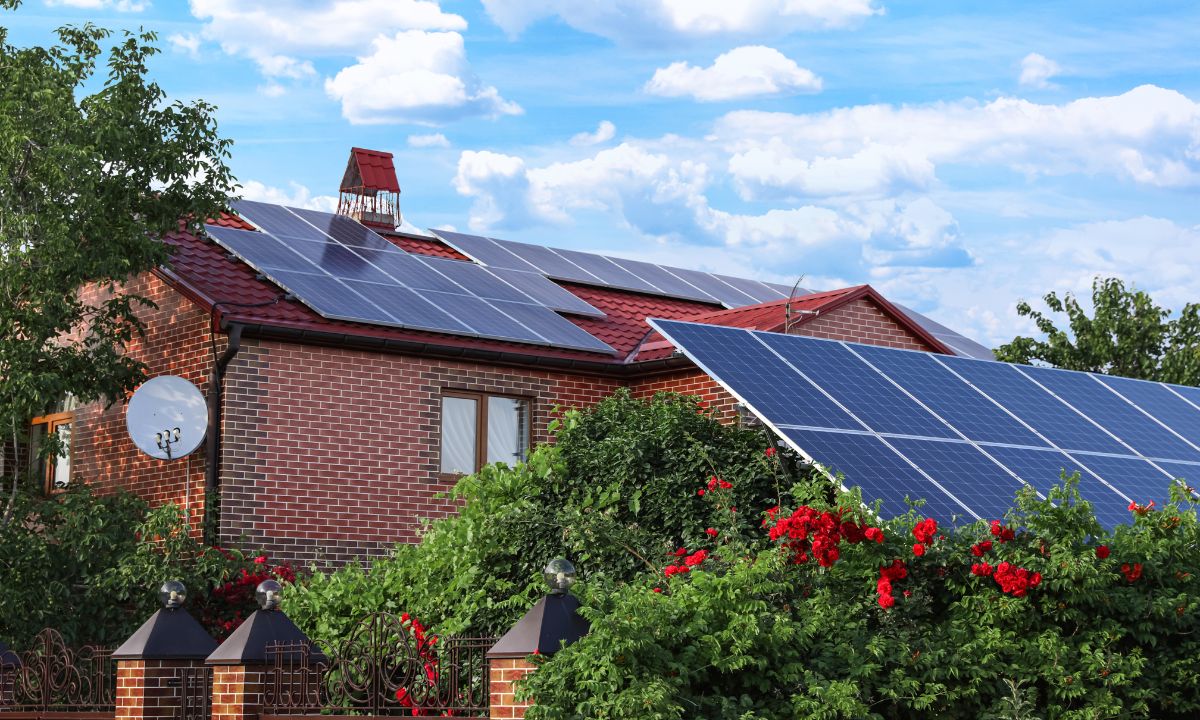
Last week featured a light release schedule, with the key highlights being the CPI and PPI reports. The CPI has proven to be exactly within expectations, signaling the Federal Reserve should be on track for another planned rate cut. However, this was offset by higher-than-expected PPI inflation. Despite these mixed signals, both indicators show stable trends, and overall inflation appears to be moving toward the Federal Reserve’s target. The Federal Reserve remains committed to reducing inflation until their goal is achieved.
Consumer Price Index
Consumer prices rose in November at the fastest pace in seven months. Still, the latest inflation report is probably not hot enough to sidetrack the Federal Reserve from cutting interest rates again next week. The consumer price index climbed 0.3% last month — in line with Wall Street forecasts — to match the biggest increase since April.
Producer Price Index
The less volatile core measure of the producer-price index rose a scant 0.1% last month, the government said Thursday. That was a tick below the Wall Street forecast. Prices for final demand advanced 3.0% for the 12 months ended in November.
Primary Mortgage Market Survey Index
• 15-Yr FRM rates saw a decrease of -0.12% with the current rate at 5.84%
• 30-Yr FRM rates saw a decrease of -0.09% with the current rate at 6.60%
MND Rate Index
• 30-Yr FHA rates saw an increase of 0.20% for this week. Current rates at 6.32%
• 30-Yr VA rates saw an increase of 0.20% for this week. Current rates at 6.33%
Jobless Claims
Initial Claims were reported to be 242,000 compared to the expected claims of 220,000. The prior week landed at 224,000.
What’s Ahead
A slightly busier schedule just before the end of the year, with many larger reports including the last of the GDP Estimates, Retail Sales, Manufacturing PMI for the year, Personal Income & Spending, and the last Consumer Sentiment report from the University of Michigan.
 If you’re considering buying a home while dealing with unpaid taxes, you might be wondering how your tax debt affects your mortgage approval. The good news is, it is possible to buy a home even if you owe taxes. Here’s what you need to know about how owing taxes can impact your homebuying process.
If you’re considering buying a home while dealing with unpaid taxes, you might be wondering how your tax debt affects your mortgage approval. The good news is, it is possible to buy a home even if you owe taxes. Here’s what you need to know about how owing taxes can impact your homebuying process. Owning a home is an important goal for many people, and as a single mom, it can sometimes feel like a distant dream. But the reality is that homeownership is more achievable than you might think, especially when you know about the financial resources and programs available to you. First-time homebuyer grants, special loan programs, and down payment assistance can help you overcome the financial barriers that might otherwise stand in your way. Here’s what single moms should know about these opportunities.
Owning a home is an important goal for many people, and as a single mom, it can sometimes feel like a distant dream. But the reality is that homeownership is more achievable than you might think, especially when you know about the financial resources and programs available to you. First-time homebuyer grants, special loan programs, and down payment assistance can help you overcome the financial barriers that might otherwise stand in your way. Here’s what single moms should know about these opportunities. When preparing to sell your home, one critical decision you’ll face is whether to sell it as-is or invest time and money into repairs and updates. The right choice depends on your unique situation, but understanding the implications of each approach can help you make an informed decision.
When preparing to sell your home, one critical decision you’ll face is whether to sell it as-is or invest time and money into repairs and updates. The right choice depends on your unique situation, but understanding the implications of each approach can help you make an informed decision. As the temperatures drop, keeping your home warm without drastically increasing your energy costs is a priority for many homeowners. Fortunately, there are simple yet effective strategies that can help you conserve heat while enhancing your home’s energy efficiency. By following these tips, you can maintain a comfortable indoor temperature, reduce your heating bills, and do your part to minimize your environmental impact.
As the temperatures drop, keeping your home warm without drastically increasing your energy costs is a priority for many homeowners. Fortunately, there are simple yet effective strategies that can help you conserve heat while enhancing your home’s energy efficiency. By following these tips, you can maintain a comfortable indoor temperature, reduce your heating bills, and do your part to minimize your environmental impact.